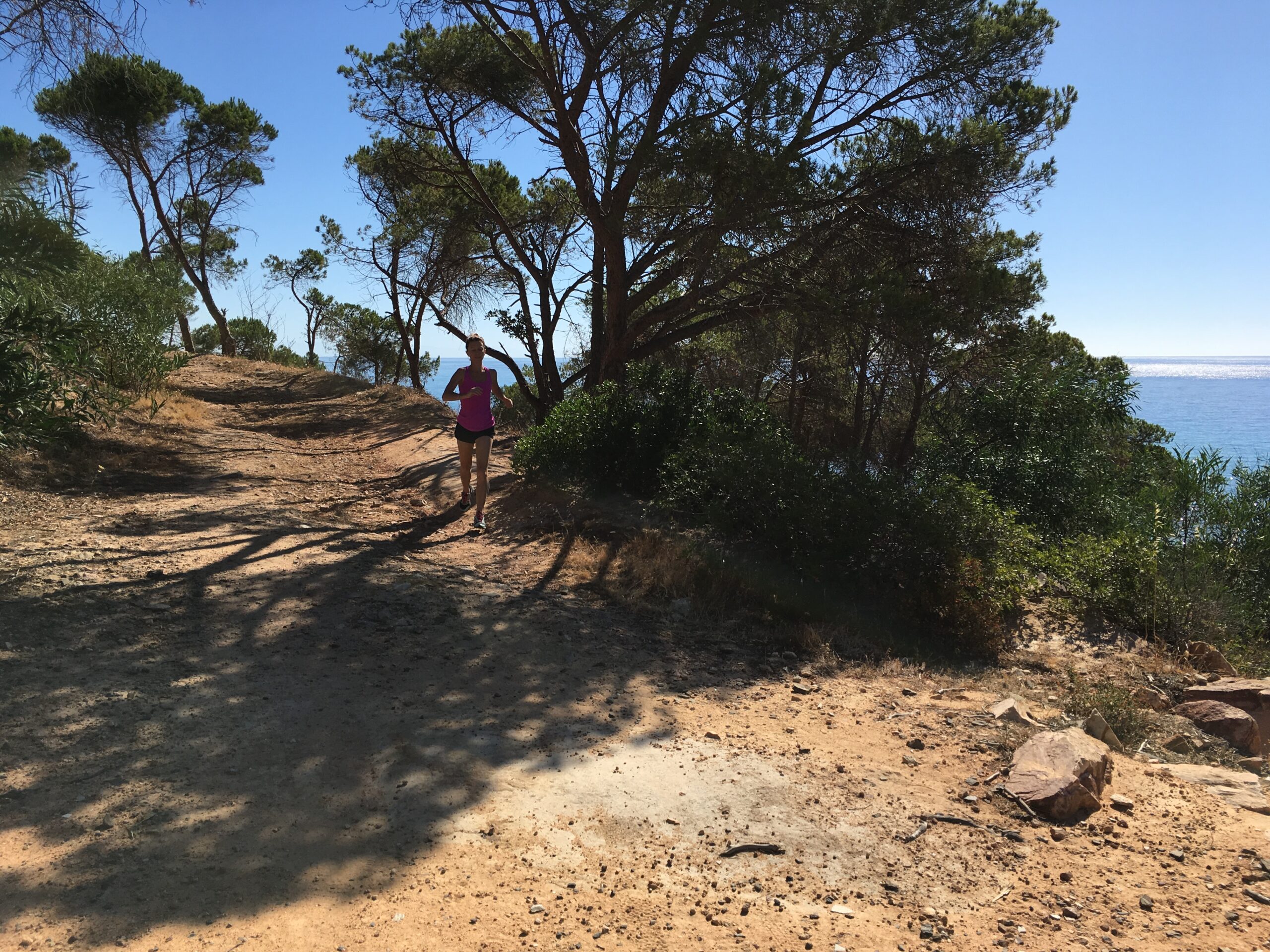
Physical activity includes all types of movement like walking, cycling, swimming, tennis, yoga, yard work or play. The level of intensity is up to you. Do something you enjoy and are excited about so you build a habit that lasts.
There are three types of exercise, cardiovascular exercise, resistance training, and stretching, and each play an important role in fitness. It is recommended that we do at least 20 min. of exercise daily, including some form of strength training on two of those days each week. Strength training could include using weight machines, your own body weight, heavy bags, resistance tubing or resistance paddles in the water.
According to the World Health Organization (WHO), regular physical activity is proven to help prevent and manage noncommunicable diseases (NCDs) such as heart disease, stroke, diabetes and several cancers. It also helps prevent hypertension, maintain healthy body weight and can improve mental health, quality of life and well-being. Bob Karch, an exercise researcher at American University, says “as we begin to build up aerobic fitness, our body moves oxygen and blood into our muscles more efficiently. And we increase the efficiency of the muscles in actually utilizing the oxygen.” The result is that, over time, we can move more with less effort.
As humans, we were not designed to sit for long periods of time. When we sit in front of the computer for work extended hours during the day or sit for hours on end in front of the tv or at a desk in the same general position, it has harmful effects. In addition, the Mayo clinic suggests that “some research has found that people who’ve lost weight may be more likely to keep off the lost weight by sitting less during the day.” Rather, living an active lifestyle incorporating a variety movement, changes the way our bodies metabolize fats and sugars. Regular, daily movement and physical activity not only greatly decreases our risk of disease, but also adds to our wellbeing and enjoyment of daily living.
